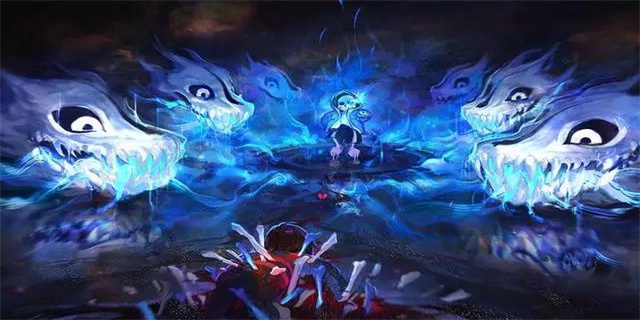Dark Moon: Exploring the Mysterious Phenomenon
Introduction:
The dark moon, also known as the new moon, is a fascinating and enigmatic phenomenon that has captivated humans for centuries. It is a time when the moon is invisible to the naked eye as it passes between the Earth and the Sun. In this article, we will delve into the secrets of the dark moon, exploring its significance, cultural interpretations, and scientific explanations.

The Symbolic Significance of the Dark Moon:
Throughout history, the dark moon has held profound symbolic importance in various cultures around the world. It has often been associated with new beginnings, renewal, and transformation. In many belief systems, the dark moon represents a time of introspection, a period for setting intentions and manifesting desires. For example, in Wiccan traditions, the dark moon is regarded as a powerful moment for spellcasting and divination. Similarly, in some Native American cultures, the dark moon is considered a time for connecting with the spiritual realm through rituals and ceremonies.

Scientific Explanation of the Dark Moon:
While the dark moon carries significant symbolic weight, it is essential to understand the scientific reasoning behind this phenomenon. During a dark moon phase, the moon is positioned between the Earth and the Sun, causing its illuminated side to face away from us. As a result, the moon appears to vanish from the night sky, leaving only a black, star-filled expanse. This alignment occurs due to the relative positions and movements of the Earth, the moon, and the Sun. From a scientific perspective, the dark moon is simply the moon reflecting little to no sunlight to our viewpoint on Earth.
Exploring Cultural Interpretations:
Various cultures have developed unique interpretations and customs associated with the dark moon. In ancient Greek mythology, for instance, the dark moon was linked to the goddess Hecate, associated with witchcraft, crossroads, and transitions. Hecate was believed to wander during the dark moon, guiding lost souls and bestowing wisdom upon those who sought her. Similarly, in Hindu mythology, the dark moon is associated with the goddess Kali, an embodiment of creation and destruction. Worshippers of Kali often hold special rituals during the dark moon, seeking her transformative powers for personal growth.
The Dark Moon and Astrological Phenomena:
Astrologists have also explored the influence of the dark moon in conjunction with other celestial bodies. The dark moon is considered a lunar phase of great significance, especially in relation to emotional states and personal growth. In astrology, the dark moon is associated with the lunar phase just before the new moon, which indicates a time of introspection and self-reflection. It is believed to enhance intuitive abilities and heighten our senses, allowing us to tap into our innermost emotions and desires. Some astrologers explore the impact of the dark moon in individual birth charts, considering it a crucial factor in understanding one's emotional well-being.
Conclusion:
The dark moon is a captivating astronomical event that has inspired countless interpretations, sparking intrigue and curiosity across various cultures and belief systems. Whether viewed through a scientific lens or explored through symbolic and spiritual perspectives, the dark moon continues to mesmerize and invite exploration. As we delve deeper into our understanding of this phenomenon, the dark moon reveals itself as a powerful force, capable of evoking introspection, transformation, and connection with the unseen realms of existence.

























